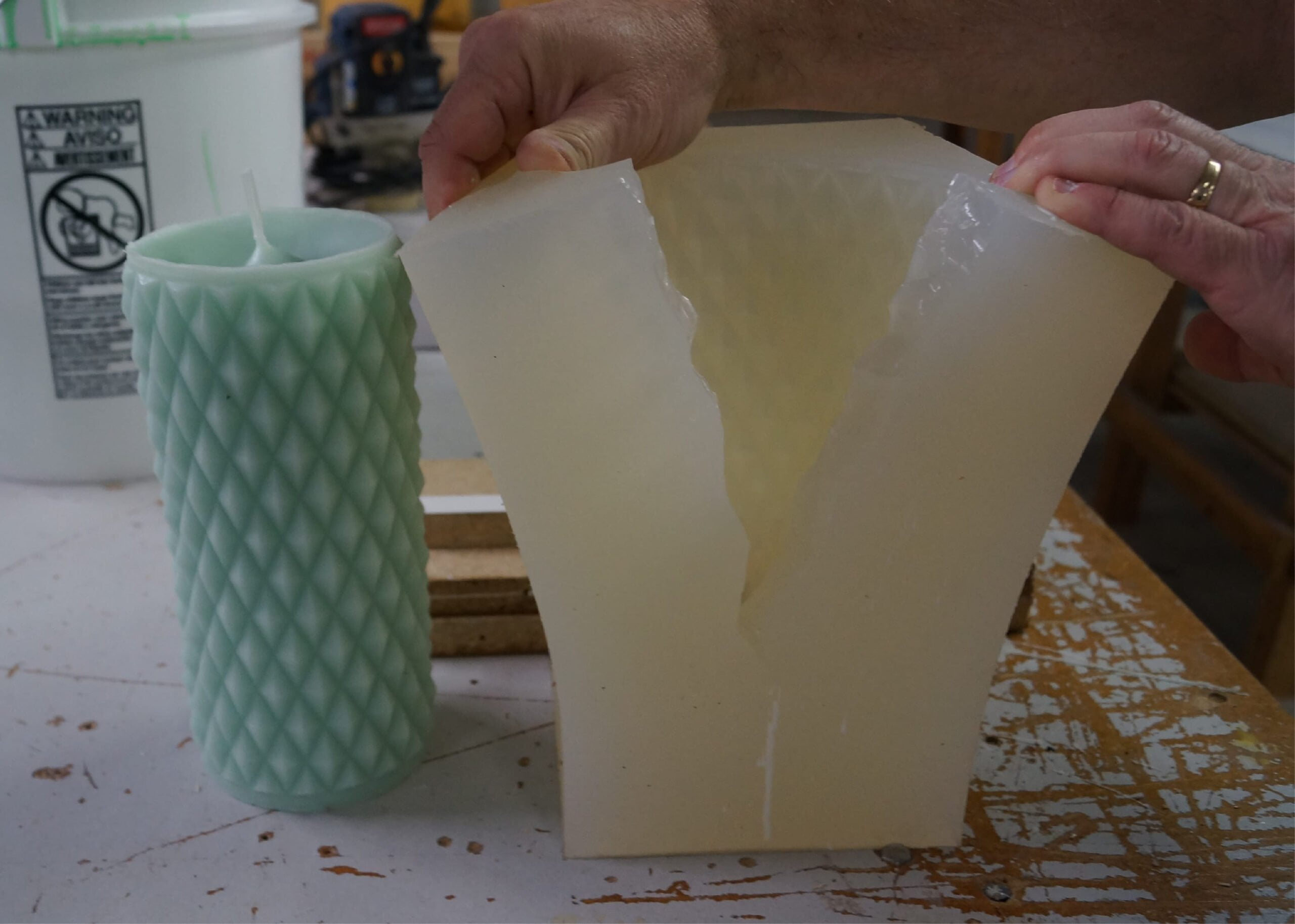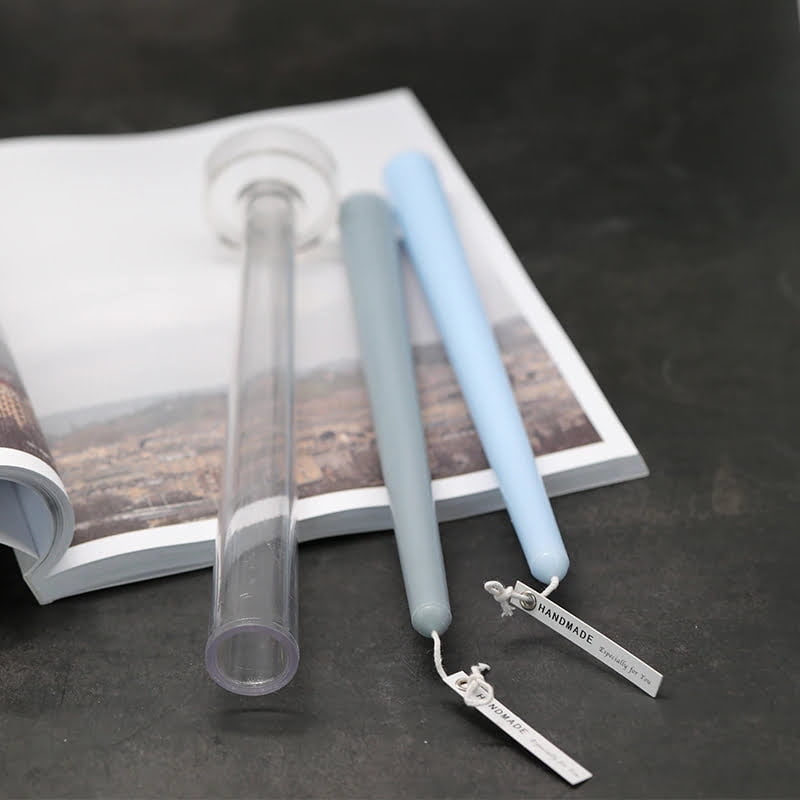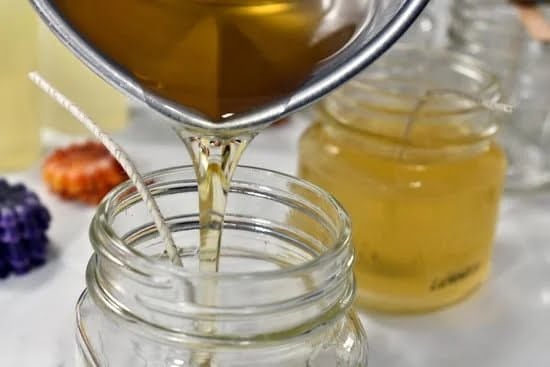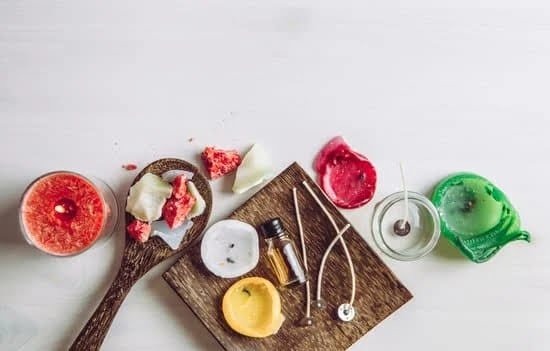Crafting homemade candles is a delightful way to add warmth and fragrance to your living spaces. One unique way to enhance the sensory experience of candle-making is by creating a scent additive from leaves. This natural alternative introduces a fresh and organic element to your candles, perfect for those who enjoy eco-friendly and sustainable practices in their craft projects.
In the world of candle making, incorporating natural ingredients can elevate the quality of the final product. Using leaves as a source of fragrance not only offers a unique scent profile but also contributes to a more environmentally friendly approach. By exploring the possibilities of leaf-derived scents, you can create candles that not only smell amazing but also have a personal touch that sets them apart from commercially produced ones.
Choosing the right type of leaves for your scent additive is essential to achieving the desired aroma in your candles. Different leaves offer distinct fragrances, allowing you to customize the scent based on your preferences. From citrusy lemon balm to soothing lavender, experimenting with various leaves opens up endless possibilities for creating signature scents that reflect your style and taste. Stay tuned as we delve deeper into the process of making candle scent additives from leaves in this article.
Benefits of Using Natural Ingredients in Candle Making
The process of making candle scent additive from leaves offers numerous benefits, especially for those seeking a more natural and eco-friendly approach to candle making. By utilizing natural ingredients such as leaves, you avoid the use of synthetic fragrances that may contain harmful chemicals. This not only promotes a healthier environment but also enhances the overall sensory experience when burning the candles.
Incorporating natural ingredients in candle making can also have therapeutic benefits. Certain leaves carry aromatic properties that can have calming or revitalizing effects, contributing to a relaxing ambiance in your space. For instance, eucalyptus leaves are known for their refreshing scent that can help clear the mind and promote deep breathing, perfect for creating a serene atmosphere during meditation or self-care rituals.
Additionally, using leaves as a scent additive in candles adds a unique touch to your creations. Each type of leaf carries its own distinct fragrance profile, allowing you to experiment with different combinations and create custom scents that reflect your personal preferences. Whether you prefer floral notes, earthy undertones, or citrus accents, there is a wide variety of leaves to choose from when crafting your signature candle scents.
| Benefits of Using Natural Ingredients | In Candle Making |
|---|---|
| Promotes a healthier environment | Enhances sensory experience |
| Therapeutic benefits for relaxation | Customizable scent profiles |
Selecting the Right Leaves for Making Candle Scent Additive
When selecting the right leaves for making candle scent additive, it is important to consider the type of fragrance you want to achieve and the properties of the leaves themselves. Different leaves will impart varying scents and strengths to the final product, so it’s essential to choose wisely. Here are some guidelines to help you select the perfect leaves for your candle-making project:
- Consider the fragrance profile: Think about whether you want a fresh, floral, herbal, or woody scent for your candle. Different types of leaves will offer different aromatic profiles, so choose leaves that align with the fragrance you desire.
- Research medicinal properties: Some leaves not only smell great but also possess therapeutic benefits. For example, eucalyptus leaves can promote relaxation and clear sinuses, while lavender leaves can have a calming effect. Consider incorporating leaves with additional benefits into your candle scent additive.
- Availability and sustainability: Choose leaves that are readily available in your area or can be sourced sustainably. This ensures that you can consistently make your candle scent additive without harming the environment or depleting local resources.
Once you have selected the ideal leaves for your candle scent additive, it’s time to gather them and prepare them for scent extraction. Proper preparation and processing of the leaves are crucial in capturing their full aromatic potential and creating a high-quality fragrance for your candles.
- Harvest fresh leaves at their peak: Choose healthy, undamaged leaves from non-toxic plants for optimal scent extraction results. Harvesting fresh leaves at their peak ensures that they contain the highest concentration of essential oils needed for effective scent extraction.
- Clean and dry the leaves: Remove any dirt or impurities from the leaves by gently washing them with water. Pat them dry with a clean towel or let them air dry completely before using them in the extraction process.
- Crush or chop the leaves: To release their essential oils and maximize fragrance extraction, crush or chop the clean, dried leaves into smaller pieces. This will increase their surface area and make it easier to extract their scents during processing.
Preparing and Processing the Leaves for Scent Extraction
When it comes to making candle scent additives from leaves, the process of preparing and processing the leaves is crucial in order to extract the desired fragrance effectively. The first step in this process involves carefully selecting the right leaves that will impart a pleasant scent to your candles.
It is important to choose fresh leaves that are aromatic and free from any signs of damage or decay. Popular options for leaf-based scent additives include eucalyptus, lavender, rosemary, and mint, among others.
Once you have selected the appropriate leaves, it is essential to properly prepare them for scent extraction. This may involve washing the leaves thoroughly to remove any dirt or debris, as well as drying them completely before proceeding with the extraction process. The moisture content of the leaves can affect the potency of the resulting scent, so it is important to ensure that they are adequately dried before moving forward.
Processing the leaves for scent extraction can be done through various methods such as steam distillation, enfleurage, or solvent extraction. Each method offers different advantages and results in unique fragrances. Steam distillation is a popular technique that involves using steam to separate the essential oils from the plant material, resulting in a concentrated liquid essence that can be used as a fragrance additive in candle making.
Additionally, solvent extraction involves using a solvent like alcohol to extract the aromatic compounds from the plant material. Experimenting with different extraction methods can help you achieve your desired scent profile for your candles effectively and efficiently.
Methods of Extracting Scent From Leaves
When it comes to making candle scent additives from leaves, the first step is extracting the natural scents from the chosen foliage. There are various methods you can use to effectively extract the essence of leaves for your candles. Here are some popular techniques that you can consider:
- Steam Distillation: This method involves steaming the leaves to release the essential oils contained within them. The steam carrying the plant’s fragrance is then condensed back into a liquid form, which can be added to your candle wax.
- Maceration: In this process, the leaves are crushed or finely chopped before being soaked in a carrier oil to infuse its scent. After allowing enough time for the oil to absorb the fragrance, it can be strained and used in candle making.
- Cold Pressing: Cold pressing is often used for extracting citrus oils from fruit peels but can also be applied to certain types of leaves. This method involves using mechanical pressure to extract essential oils without applying heat.
Each extraction method has its own set of benefits and considerations, so it’s important to choose the one that best suits your needs and resources. Experiment with different techniques to find out which one yields the most potent and long-lasting scent for your candles.
Remember, the key to successfully extracting scents from leaves lies in patience and attention to detail. Ensure that you follow proper extraction procedures carefully and allow sufficient time for the process to work its magic. By mastering these methods, you can create unique and aromatic candle scent additives that will enhance your home environment with natural fragrances.
Blending the Scent Extract With Candle Wax
When it comes to making candle scent additives from leaves, blending the scent extract with candle wax is a crucial step in the process. The blending stage allows for the natural essence of the leaves to infuse with the wax, creating a unique and aromatic candle that will delight your senses. By carefully combining the scent extract with the wax, you can ensure that the fragrance is evenly distributed throughout the candle for a consistent and long-lasting aroma.
To blend the scent extract with candle wax effectively, it is important to consider the ratio of scent to wax. Depending on the strength of the scent extract and your personal preference, you may need to adjust the amount of extract used in relation to the amount of wax.
It is recommended to start with a small amount of scent extract and gradually increase until you achieve your desired fragrance intensity. This trial-and-error process will help you find the perfect balance for a pleasant and not overpowering aroma.
Another important aspect of blending the scent extract with candle wax is ensuring that both components are mixed thoroughly. To do this, melt the candle wax according to manufacturer instructions and then add in the scent extract while stirring gently but consistently. This will allow for even distribution of the fragrance throughout the melted wax.
Once blended, pour the scented wax into your chosen container or mold and allow it to cool and solidify before lighting. Blending the scent extract with candle wax is a creative and rewarding step in making candles using natural ingredients from leaves, resulting in beautifully scented candles that bring nature indoors.
Tips for Enhancing the Scent and Longevity of the Candle
Selecting the Right Leaves
When it comes to making candle scent additives from leaves, the first step is to carefully select the right type of leaves. It is essential to choose leaves that have a strong and pleasant fragrance when crushed or bruised. Some popular options include eucalyptus, lavender, rosemary, and mint leaves. Additionally, make sure to collect leaves that are free from pesticides or other harmful chemicals to ensure the purity of the final scent extract.
Preparing and Processing the Leaves
Once you have gathered the desired leaves, it is crucial to properly prepare and process them for scent extraction. Start by washing the leaves thoroughly with water to remove any dirt or impurities. Next, allow the leaves to dry completely before moving on to the processing stage. You can choose to crush or chop the leaves to release their natural oils and maximize their scent potential.
Blending Techniques
After extracting the scent from the leaves, it is essential to blend it properly with your candle wax for optimal results. One effective blending technique is to heat the extracted scent in a double boiler while continuously stirring until it reaches a consistent texture. Once this is achieved, slowly incorporate the scented mixture into your melted candle wax while stirring gently. This ensures that the fragrance is evenly distributed throughout the candle for a long-lasting scent experience.
DIY Candle Making Recipe Using Scent Additive From Leaves
Gathering and Preparing Leaves
To start your DIY candle making recipe using scent additive from leaves, begin by gathering the leaves of your choice. Select leaves that have a strong, pleasant scent such as eucalyptus, lavender, or rosemary. Make sure to wash the leaves thoroughly to remove any dirt or debris that may affect the quality of the scent extraction process.
Once cleaned, dry the leaves completely before moving on to the next step. Drying the leaves helps intensify their fragrance and makes them easier to work with during the scent extraction process. Spread them out in a single layer on a clean towel and allow them to air dry naturally for a few days.
Scent Extraction Process
There are several methods of extracting scent from leaves, each with its own unique benefits. One popular method is steam distillation, which involves heating the leaves with water to release their essential oils. Another method is solvent extraction, where organic solvents are used to extract the aromatic compounds from the leaves.
Whichever method you choose, be sure to follow proper safety guidelines and use caution when working with potentially flammable materials. Once you have successfully extracted the scent from the leaves, you can move on to blending it with your candle wax for a truly natural and aromatic experience.
Blending Scent Extract With Candle Wax
Now that you have your freshly extracted leaf scent ready, it’s time to blend it with your candle wax. Melt the wax in a double boiler over low heat, taking care not to overheat or burn it. Once melted, add a few drops of your leaf scent extract and stir gently to evenly distribute the fragrance throughout the wax.
Pour the scented wax into your chosen candle mold or container and allow it to cool and solidify. Trim the wick to an appropriate length and light up your homemade candle to enjoy the natural essence of leaves filling your space. Experiment with different leaf scents and blends to create unique candles that reflect your personal style and preferences.
Conclusion
In conclusion, making candle scent additives from leaves offers a unique and natural approach to enhancing the ambiance of your living space. By utilizing leaves as a source of fragrance, you not only bring the essence of nature into your home but also benefit from the therapeutic properties that these natural ingredients provide. The process of extracting scents from leaves may require some time and effort, but the end result is truly rewarding.
Using natural ingredients in candle making has numerous benefits, including avoiding harmful chemicals found in synthetic fragrances and promoting sustainability. By selecting the right leaves for scent extraction and carefully processing them, you can create a bespoke scent that reflects your personal taste and preferences. Additionally, blending the scent extract with candle wax allows you to customize the intensity and longevity of the fragrance, ensuring a pleasant experience each time you light your candle.
As you embark on your journey to make candle scent additives from leaves, remember to experiment with different types of leaves and extraction methods to find what works best for you. Whether you prefer a subtle earthy aroma or a vibrant floral fragrance, there are endless possibilities when it comes to creating unique scents using natural ingredients.
Embracing the natural essence of leaves in candle making not only elevates your craft but also connects you with nature in a meaningful way.
Frequently Asked Questions
Can You Add Leaves to Candles?
Adding leaves to candles can certainly be done, but there are a few things to consider. It’s important to ensure that the leaves are completely dry before incorporating them into the candle wax. You can gently press the leaves against the sides of the container before pouring in the hot wax to help them adhere better.
How Do You Infuse Candle Wax With Herbs?
Infusing candle wax with herbs can be a wonderful way to add natural scents and visual appeal to your candles. To do this, you can heat up the wax on low heat and add dried herbs like lavender, rosemary, or chamomile. Let the herbs sit in the warm wax for some time to allow their fragrance to infuse.
Can You Put Dried Tea Leaves in Candles?
Yes, you can put dried tea leaves in candles for a unique and aromatic touch. Make sure the tea leaves are completely dry to prevent any moisture-related issues in your candle. The tea leaves can impart a lovely scent when combined with other fragrances in your candle-making process.

Welcome to my candle making blog! In this blog, I will be sharing my tips and tricks for making candles. I will also be sharing some of my favorite recipes.





